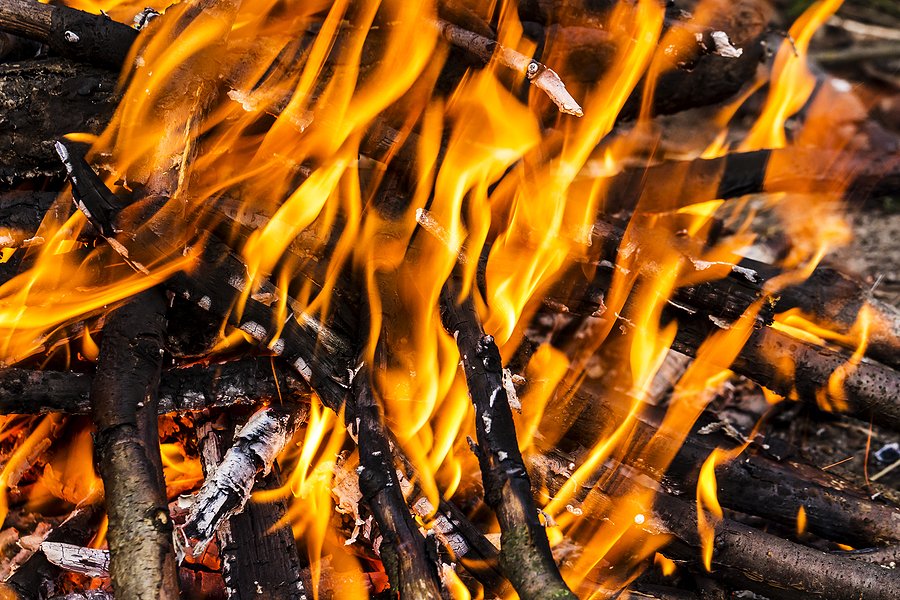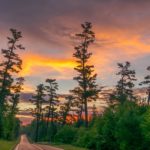Duluth, June 30, 2020 – Due to worsening fire danger conditions, the Superior National Forest is restricting the building, maintaining, attending or use of a fire or campfire to reduce the likelihood of a wildfire on the Superior National Forest (Forest Order R9-20-07).
Exemptions under this temporary Forest Order is the use of a stove or grill that is solely fueled by liquid petroleum or liquid petroleum gas fuels (pressurized liquid or gas stove) and campfires in approved fire rings in select Forest Service developed campgrounds.
Current drought data shows the Forest in the ‘abnormally dry’ and ‘moderate drought’ condition categories. Drought conditions cause numerous impacts to the forest including, increased fire danger and a decline in lake and river levels. Due to these conditions, the potential for wildfires remains high in and around the Superior National Forest. With the continued lack of moisture and increase in temperatures, potential heat sources such as engines or campfires can easily ignite surrounding vegetation, resulting in a wildfire.
Use of campfires is limited to the following Forest Service campgrounds:
- Birch Lake Campground
- Fall Lake Campground
- Fenske Lake Campground
- South Kawishiwi River Campground
- Whiteface Reservoir Campground
- Cadotte Lake Campground
- Sawbill Campground
- Crescent Lake Campground
- Temperance River Campground
- East Bearskin Campground
- Flour Lake Campground
- Iron Lake Campground
- Trails End Campground
- Devils Track Campground
- Two Island Campground
These temporary restrictions will serve to reduce the risk of human caused wildfire in the National Forest. Where campfires are allowed, campers are urged to be extra vigilant when building and extinguishing campfires and carry out the following:
- Use the provided fire ring at developed campsites.
- Think before you strike a match. Check for fire restrictions and monitor conditions for extreme fire behavior signs, such as high winds and temperatures. Limit fires to night-time hours or consider not having a campfire.
- Don’t build a campfire near low hanging branches, shrubs, dry grass, or logs to prevent the fire from escaping. Clear all flammable material such as stacked firewood or gear within 5 feet of the campfire.
- Have a shovel and water available at the campfire site for extinguishing campfires.
- Never leave your campfire unattended. Even a light breeze could cause the fire to escape.
- Extinguish the campfire with water using the “drown and stir” method; make sure it is cold to the touch before leaving the area.
When visiting your public lands, it is important to be aware of current forest limitations. Everyone is urged to take precautions recommended by the Centers for Disease Control and Prevention: cdc.gov/coronavirus/2019-ncov/about/prevention.html.
As a reminder, fireworks are not allowed on national forest lands. For up to date information regarding forest closures or restrictions, please visit the forest’s websites at www.fs.usda.gov/superior.
For details regarding current fire conditions on Minnesota national forests visit the Minnesota Incident Command System website: www.mnics.org and view the Minnesota Drought Monitor Map: droughtmonitor.unl.edu/CurrentMap/StateDroughtMonitor.aspx?MN.




